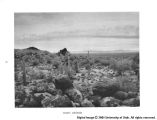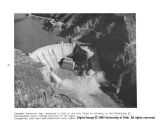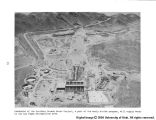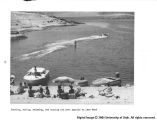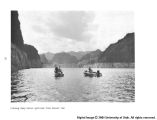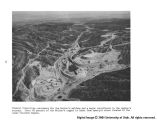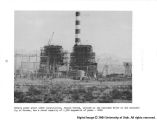| OCR Text |
Show Multipurpose reservoirs in the Gila Subregion would make available about 15,000 surface acres of water for recreational use, of which about 9*000 acres would be within 75 miles of the major urban centers. Fish and Wildlife The annual demand for fishing would increase from a 1965 level of k million man-days to 26 million man-days in year 2020. Multipurpose developments expected to be constructed by I98O would provide about 1.2 million man-days of fishing annually. During the I98I to 2020 period, multipurpose reservoirs would create new fishing waters providing 1.02 million man-days of fishing annually. The framework program also includes development of l,9°0 acres of primary-purpose fish habitat in the 1965 to I98O period. Associated fisherman access facilities are provided to assure optimum fishing use of the total habitat expected to be in existence in I98O. The program also provides the equivalent of one cold water and two warm water hatcheries by I98O to stock the available habitat. To meet future wildlife needs, approximately 330,000 acres of existing riparian and wetland habitat would need to be set aside between 1965 and I98O to be administered principally for wildlife management. The early action program also includes additional access roads into remote areas, fencing, and the development of wildlife watering facilities. To stock the habitat required to meet projected fishing demands, the continuing program provides for one cold water hatchery every 8 to 10 years and one warm water hatchery every 6 to 8 years. The continuing program also suggests that 11.5 million acres receive additional consideration for wildlife lands during this program period. Additional access roads, fencing, and wildlife watering devices are recommended for installation. Mineral Resource Development Adequate mineral resources are available to meet the expected increased production, $511 million in I965 to $1.93 billion in year 2020. Water withdrawal requirements would increase from 105,000 to 360,000 acre-feet during this period. Water requirements of the mineral industry may be met by direct diversion of imported water; by upstream developments on the basis that downstream rights would be met by exchange for imported water; or by continued ground-water development, where available. Environmental impacts of prospecting, developing, mining, and processing ores will need to be minimized, especially with respect to air and water pollution, ecology, and esthetics. 30 |










